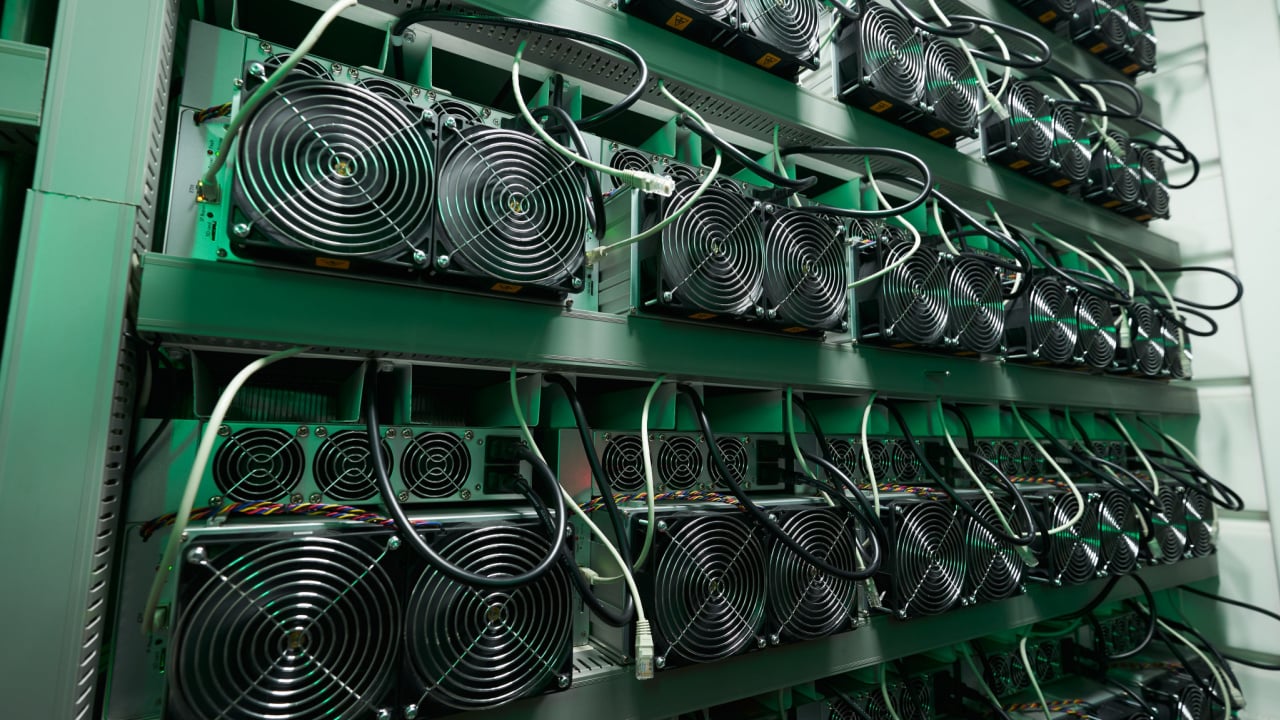A crypto-mining data center in the state of South Australia will run mainly on solar-generated electricity, a media report reveals. The minting facility is set up in a region known for its energy-intensive iron ore extraction and steel production.
Bitcoin Farm to mine cryptocurrency on solar and excess energy in South Australia
The ‘Steel City’ of Whyalla in South Australia has become home to a new crypto mining installation that will run on electricity generated from solar energy. Operated by the Lumos Digital Mining company, the 5-megawatt facility will mint bitcoin, a process often blamed for its energy-intensive nature.
Australian national broadcaster ABC notes in a report that at a time when the world is trying to reduce energy consumption, the mining of the leading cryptocurrency by market capitalization uses more power than mid-sized nations such as Argentina. It is an echo of criticism often highlighted by mass media around the world.
Local authorities see the solar-based cryptomining project as proof that bitcoin generation can be more environmentally friendly. Commenting on the undertaking, South Australia’s Minister of State for Trade and Investment Nick Champion elaborated:
This is important for decarbonizing blockchain, which is a very energy-intensive industry. I think it’s the beginning of a new economy out here at Whyalla.
The government official also hopes to see other data centers mining cryptocurrency using renewable energy in the future. “There will be demand for blockchain, but also carbon neutral blockchain, so I think we will see more and more facilities like this,” he expects.
His statement comes after a recent report from the White House Office of Science and Technology Policy estimated that cryptocurrency production in the US alone represents as much as 0.3% of global greenhouse gas emissions.
According to a Lumos Digital Mining representative, the new cryptofarm could potentially mint around 100 BTC annually, depending on available power. Angelo Kondylas said the company could also sell some of its solar power to other consumers or increase crypto production to harness excess energy from various sources when electricity production exceeds demand.
Kondylas pointed out that power generators can suffer large losses when they shut down during times of low consumption. “We’re basically like a sponge. We soak up the surplus that is not used, he explained. The operator intends to gradually double the size of the mining facility.
Bitcoin mining on renewable and surplus energy has gained traction around the world, with increasing investor interest in solar-based coinage projects in the US and growing capacity for cryptocurrency farms running on associated petroleum gas (APG) at Russia’s oil fields.
Tags in this story
Australia, Australian, Bitcoin, Bitcoin mining, carbon, crypto, crypto farm, crypto mining, cryptocurrencies, cryptocurrency, data center, electricity, emissions, energy, mining facility, mining farm, power, renewable, solar, South Australia, Whyalla
Do you expect to see more cryptocurrency farms powered by renewable energy? Share your thoughts on the topic in the comments section below.
Lubomir Tassev
Lubomir Tassev is a journalist from tech-savvy Eastern Europe who likes Hitchens’ quote: “To be a writer is what I am, rather than what I do.” Besides crypto, blockchain and fintech, international politics and economics are two other sources of inspiration.
Image credit: Shutterstock, Pixabay, Wiki Commons
Disclaimer: This article is for informational purposes only. It is not a direct offer or solicitation of an offer to buy or sell, or an endorsement or recommendation of products, services or companies. Bitcoin.com does not provide investment, tax, legal or accounting advice. Neither the company nor the author is directly or indirectly responsible for damages or losses caused or alleged to be caused by or in connection with the use of or reliance on content, goods or services mentioned in this article.



























